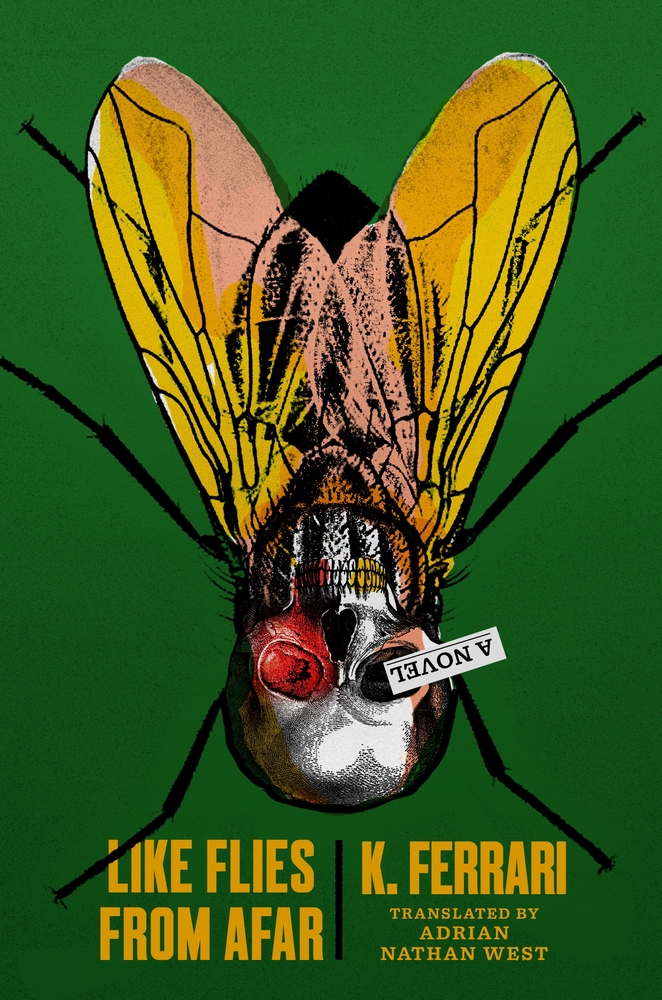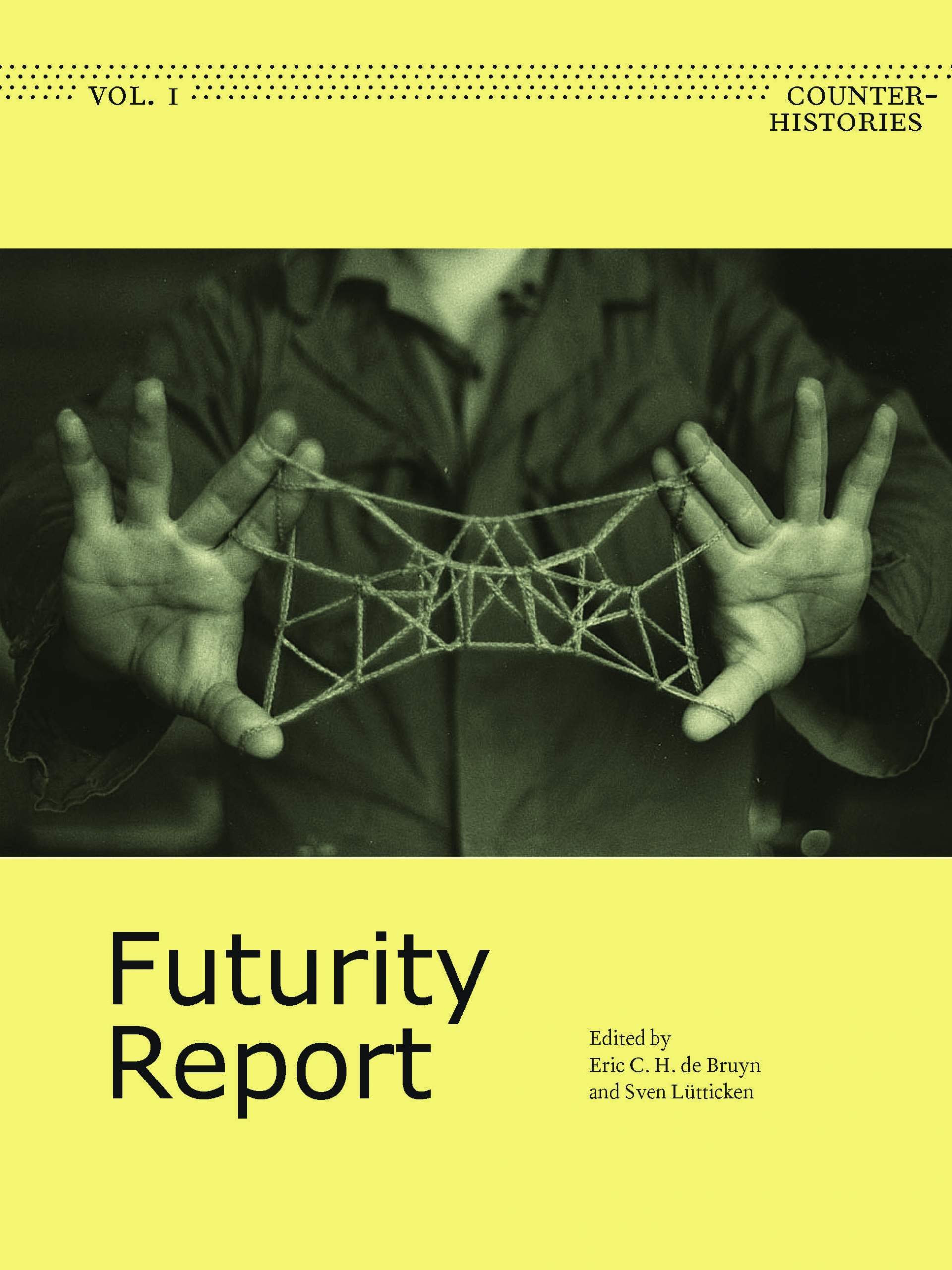Marcial Gala, The Black Cathedral: A Novel,
Trans. by Anna Kushner, Farrar, Straus and
Giroux, 2020.
Haunting and transcendently twisted, this English-language debut from a Cuban literary star is a tale of race, magic, belief, and fate
The Stuart family moves to a marginal neighborhood of Cienfuegos, a city on the southern coast of Cuba. Arturo Stuart, a charismatic, visionary preacher, discovers soon after arriving that God has given him a mission: to build a temple that surpasses any before seen in Cuba, and to make of Cienfuegos a new Jerusalem.
In a neighborhood that roils with passions and conflicts, at the foot of a cathedral that rises higher day by day, there grows a generation marked by violence, cruelty, and extreme selfishness. This generation will carry these traits beyond the borders of the neighborhood, the city, and the country, unable to escape the shadow of the unfinished cathedral.
Told by a chorus of narrators―including gossips, gangsters, a ghost, and a serial killer―who flirt, lie, argue, and finish one another’s stories, Marcial Gala's The Black Cathedral is a darkly comic indictment of modern Cuba, gritty and realistic but laced with magic. It is a portrait of what remains when dreams of utopia have withered away.
“Accidental cannibals, tenderhearted killers, angst-ridden ghosts and well-behaved artists soon populate [The Black Cathedral’s] topsy-turvy universe . . . Even as the novel charts the voyages of its vagabonds, it represents an attempt to draw the periphery into the center, steering us toward the provinces as it renovates the Cuban novel . . . Its narrators, more than a dozen in number, are usually granted a page at a time before other characters butt in, pick up the thread or offer their own spin on the same series of events.” ―Shaj Mathew, The New York Times
"By telling the story from the perspectives of various people in the community, Gala achieves an oral-history-like effect, producing a profound, and often humorous, meditation on how desires―religious, sexual, financial―clash in a small-town environment." ―The New Yorker
“Trained as an architect, the author seems less interested in chronology and its secrets than in creating the illusion that we’re experiencing his story from every angle, as we would were we walking through a building. The strategy of embedding the future in the present has the effect of deepening the pathos, heightening our awareness of the vulnerability of characters who, in keeping with the principles of tragedy, appear to be moving inexorably toward their fates . . . The Black Cathedral is a book about survival―every character is in danger of imminent harm―but there’s a melancholy playfulness that enlivens the tragedy.” ―Maxine Swann, Los Angeles Review of Books
"Strange and beautiful... Told by a chorus of mutually contradictory narrators―think George Saunders's Lincoln In the Bardo, except with fewer ghosts (just one ghost narrator, in fact) . . . [it is] a difficult book to explain, and yet an impossible one to put down." ―Thrillist, The Best Books of 2020 (So Far)
“In Gala’s many-voiced tale, Cienfuegos is a provincial capital harboring mundane material aspirations, ingrained racial divisions, and serious artistic longings in competition with religious urges... The Black Cathedral is finally not about larger ideas of redemption and the future at all, but about predictable paths of minor failure and major self-justification. It’s no accident that key events... happen during the early years of the Obama administration: there’s a pervasive sense of dashed hopes, business as usual, faith ignored or betrayed.” ―Brian Dillon, 4Columns
“A transcendent tale of what it is to be human in a place not made to nurture. Exploring this idea of humanity in all its twisted, generous, deviant, beautiful forms, Gala’s novel is a twisted ode to a town teeming with magic and limitless potential, and replete with people in chase of unlikely dreams. Written with an astute colloquialism that captures a true and impressive diversity of voice, The Black Cathedral transports the reader to the marginal town of Cienfuegos, making no efforts to shield us from the dangers―and subtle joys―at the heart of its stories.” ―Leah Scott, Asymptote
"A story of family, an account of a transforming Cuba, an exploration of religious devotion, and a harrowing tale of a sinister man engaged in horrific acts. The Black Cathedral might not be what you first expect, but its unpredictability serves as one of its many strengths." ―Tobias Carroll, Literary Hub
"Marcial Garcia’s The Black Cathedral is told via a panoply of voices ― all the better to narrate this expansive yet taut novel of faith, family, and violence. What begins as the story of a religious family moving to a small Cuban town gradually becomes broader in scope, encompassing obsession and murder along the way." ―Vol. 1 Brooklyn
"An ingenious construction . . . Gala's novel isn't based around a single event, but rather the continual horror and occasional beauty of people reacting to one another and their own feelings, setting the courses of their lives according to rhythms that exist outside of them―those of money, love and power . . . The Black Cathedral is an effervescent read filled with energy, possibility and chaotic delights." ―Elisabeth Cook, BookBrowse (Editors’ Choice)
"Strange, exuberant, and altogether brilliant... An enthralling work of imagination and grit, Gala’s novel captures the complexity of one neighborhood as much as it exemplifies the many pleasures of great fiction." ―Publishers Weekly (starred review)
"Award-winning Cuban writer and architect Gala links the fate of a community with the doomed construction of a cathedral in this dark, violent, often comic novel . . . A raucous, anguished, fast-paced story, tautly written and deeply rooted." ―Kirkus (starred review)
"For anyone who has nurtured the fantasy of Cuba as a tropical socialist paradise, that illusion is heartbreakingly shattered in this award-winning novel . . . Kushner’s nimble translation flows with flavor and intensity . . . Gala's raw, compelling, and highly readable novel lays bare a Cuba that, just like everywhere else, has not found an answer to human desperation, envy, or evil." ―Sara Martinez, Booklist
"Marcial Gala's magnificent The Black Cathedral is a chorus of unforgettable characters that linger in the ashes of Revolution and personal passions. This novel is the broken mirror in which modern Cuba is portrayed with unsettling humanity." ―Eduardo Lalo, author of Uselessness
The Black Cathedral is a multi-voiced novel, the narrative a quilt of recollections by witnesses to and participants in events in a neighborhood in the Cuban city of Cienfuegos (and, in part, way beyond it), covering many years. It is a look at the past, a sort of how-did-we-get-here collection, with many of the figures involved now distant from them and that place, including physically. The account does proceed mostly chronologically, but there are glimpses of what has become of many of the figures, and hints of some of the outcomes from early on, including that the black cathedral of the title would remain an unfinished project, and that the family behind it would be involved in some tragedy; "All of it could have been avoided if they hadn't drawn so much attention" one local notes very early on about the new arrivals that set the story in motion.
The novel begins with accounts of the arrival of Arturo Santos and his family in the Punta Gotica neighborhood of Cienfuegos, from Camagüey, and they are an immediately disruptive presence. Their coming here alone, of all places, is already suspicious, one character noting:
What could they have done in Camagüey ? Because it had to have been something major for them to run away from that city and end up burying themselves here in la cuartería
The father is religious, with three teenage children freighted with the names: David King, Samuel Prince, and Mary Johannes (and known by their second, rather than frst names -- even the girl). Interestingly, in a novel in which so many get their say the voices of the family members are almost never heard except second-hand; even though they are cast as central, their own versions of any of the events are barely on offer. So too in the novel as a whole, the Stuart family tends to be more shadow than real, exerting a strong influence, but -- here -- remaining in the background, and shadowy, too, as there's lots of guesswork around them and their lives, (practically) without them able to give their own explanations.
Similarly, the grand project that Arturo initiates -- the building of an enormous 'Black Cathedral', which many of the locals then become involved in -- is barely ever at the fore of the story. It is significant -- something that long dominates the neighborhood, as its construction stretches out over many years -- but only occasionally at the heart of some of the episodes; most of what is recounted is elsewhere. The temple is also, in its now ruined state: "the only remnant of Arturo Stuart's time in Cienfuegos", and so the novel is both reconstruction of what the family's now vanished presence there meant and, in its chronological recounting, construction of the same, as what happened, and the nature of the family members and their relationships only gradually take shape -- though with a sense of foreboding from early on; as the local high school principal says about the kids when they were under his charge:
To the core, they were rotten; something was hiding behind the Christianity their parents paraded about -- something.
Indeed, rather than being about the construction of the temple, the novel is largely about, as one character calls them, "the Black Cathedral generation" -- the Stuart kids, with their different talents, but also others in the neighborhood. It's not just the Stuart kids who seem rotten to the core, the whole neighborhood is one where not just violence but evil simmers underneath. The charismatic character whose accounts come up most frequently is known as Gringo (and goes by many names over the course of the story) -- is: "evil, evil, he was like a real Cro-Magnon", and we already learn early on that he winds up on death row in Texas. From his gruesome but almost comic early crimes -- recognizing a market-gap in contemporary Cuba, he figures out a creative way to further cash in on the murders he commits -- he eventually flees to the United States, where he does quite well for himself, albeit in seriously criminal manner; this larger than life figure is the dominant one in the novel, even though his interaction with the Stuart family is relatively minor (though he does court Johannes -- and tries to impress the father to further his cause -- and also corrupts one of the sons).
Other characters of note include the ghosts of some of the dead, the architect charged with helping design the Black Cathedral (who eventually backs out of the project), a Ukrainian thug, and Berta, who becomes a well-known novelist. There's some poetic talent in the Stuart family as well, while Johannes finds both escape and fame abroad, breaking through as a painter (and changing her name to Judith). The fate of the other two sons, and of Arturo, is rather grimmer; the story sort of builds towards that, but covers so much else along the way.
The Black Cathedral winds up being an odd mix of character-/neighborhood-/nation-studies and suspense story, Gala dangling the mystery surrounding the collapse of both the Stuart family and the grand cathedral project but drawing that out over a very long time (many years, as well as many pages) while pacing the suspense also with Gringo's doings, the serial killer conveniently spreeing along for quite a stretch (but, soon, on the road, far away ...). It's a pretty dark picture Gala paints of contemporary Cuba and its corruptions -- extending also to Arturo's clever playing of and in the system in order to get what he needed to build his cathedral (so, for example, he made sure his followers went through the right motions: "You couldn't organize anything for the anniversary of the Committees for the Defense of the Revolution without them showing up. They were the first ones to donate blood. They went to do volunteer work and the May 1 and July 26 parades"). Despite being a fairly compact novel, it is, however, a(n overly) diffuse picture, with so many characters and stories -- many intertwined, but also straying (especially in the case of the dominant Gringo) far afield.
One other interesting aspect of the novel is the racial one, as the Stuart family (and many of the other characters) are black and this features, on some level, in much that happens (including when and in how Gringo adapts to the United States). Gala weaves this into his novel well -- but he's weaving a lot into this novel, and elsewhere seems to promise too much (with the cathedral-project, for example), the ultimate delivery of some of this rather weakened. The Stuart family members' often limited presence in so much of the novel is a problematic void -- and in its resolution, where they (or some of them) are more at the fore, the fact that we have learned so little about them to that point undermines that as well.
An interesting and colorful if ultimately too loose (with its so many threads ...) read.
- M.A.Orthofer
http://www.complete-review.com/reviews/cuba/galam.htm
Marcial Gala was born in Havana in 1963. He is a novelist, a poet, and an architect and is a member of UNEAL, the National Union of Writers and Artists of Cuba. He won the Pinos Nuevos Prize for best short story in 1999. The Black Cathedral received the Alejo Carpentier Award for best novel in 2012 and the Critics’ Award in 2012. He lives in Buenos Aires and Cienfuegos.












